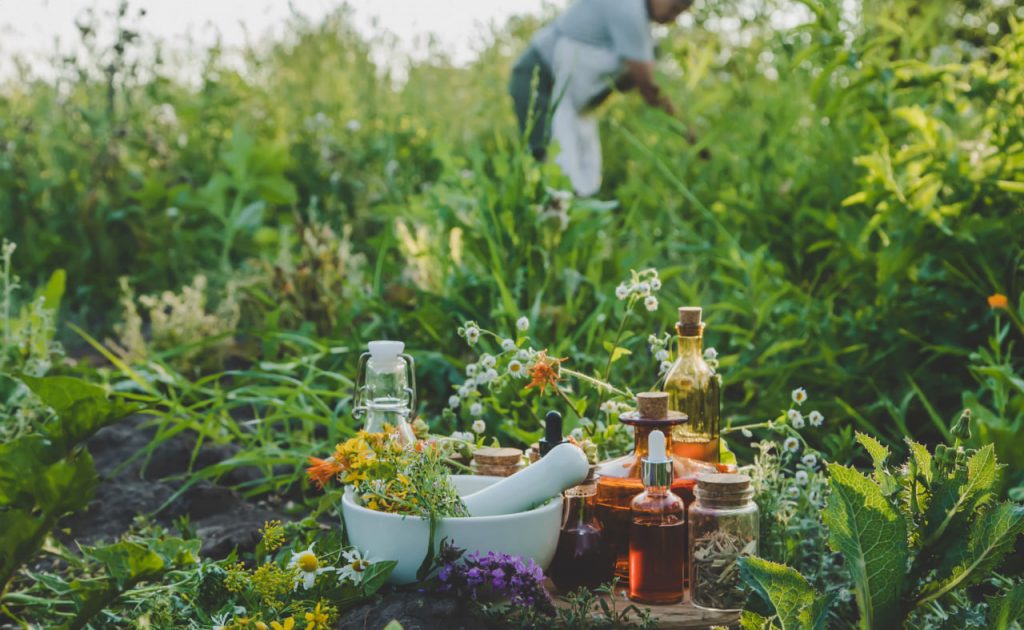Foraging, the practice of gathering wild plants for food, has been around for centuries, and it’s gaining popularity again in the modern world. Whether you’re looking to add more variety to your diet, connect with nature, or simply enjoy the thrill of discovering wild food sources, foraging is a rewarding activity. However, it’s crucial to know how to identify safe plants, as some wild edibles closely resemble poisonous varieties.
Key Tips for Safe Foraging:
- Learn the Common Edible Plants: Start by familiarizing yourself with some of the most common wild plants that are safe to eat, such as dandelion, wild garlic, and elderberries. These plants are widespread and easy to identify for beginners.
- Understand Look-Alikes: Many edible plants have toxic look-alikes that can cause serious harm. For example, wild carrots look similar to the poisonous water hemlock. Before harvesting anything, make sure you can confidently distinguish between edible and inedible plants.
- Use Field Guides: Carry a foraging field guide or app with you when foraging. Field guides are incredibly helpful for beginners and offer pictures, descriptions, and tips on plant identification.
- Observe Growing Conditions: Knowing where a plant grows can help with identification. Many wild edibles prefer specific habitats, like moist areas for wild mushrooms or open fields for wild herbs.
- When in Doubt, Don’t Eat It: If you’re ever unsure about the identification of a plant, it’s best to avoid eating it. Many edible plants have toxic look-alikes, so erring on the side of caution is always a good choice.
Foraging is an exciting way to connect with the environment and explore the culinary possibilities of wild foods. However, safety should always come first. By learning how to identify wild plants accurately, you’ll set yourself up for a safe and successful foraging experience.

